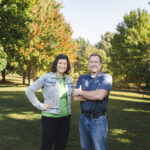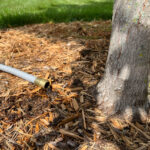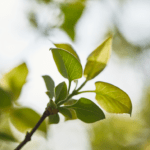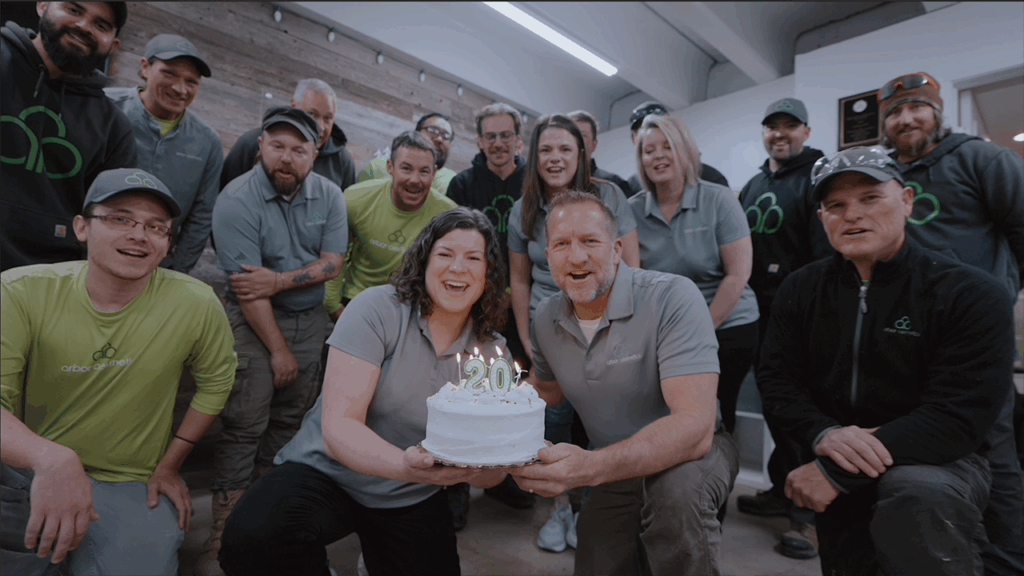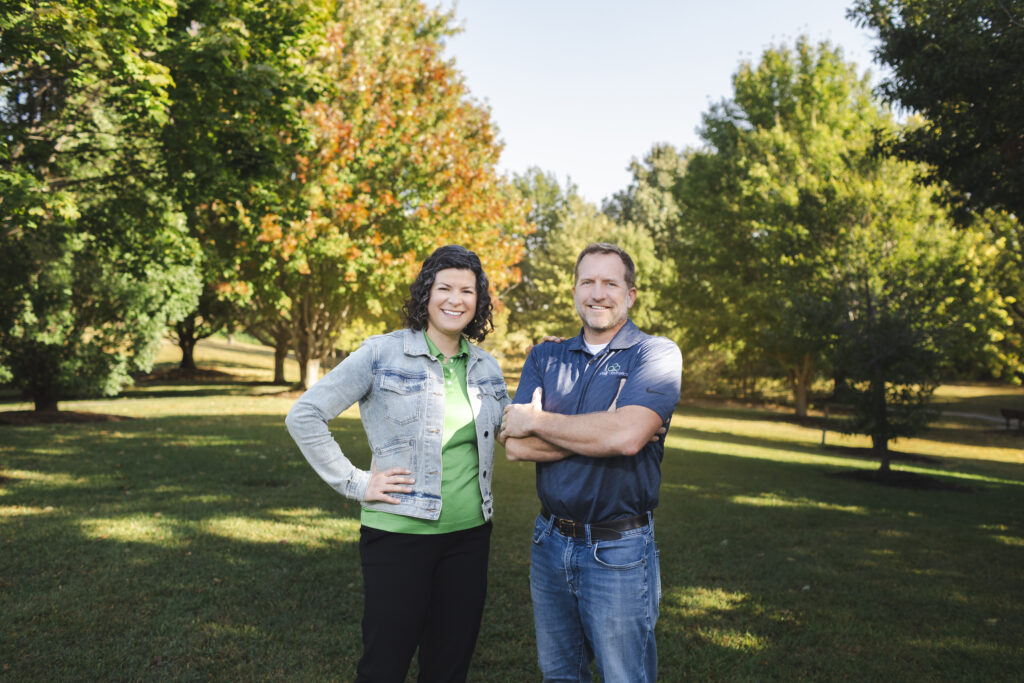Tree trimming is an essential component of tree care in an urban setting. Limbs need to be removed over streets and sidewalks, away from roofs and gutters, or even in the yard if the homeowner needs to be able to walk under the tree. Removing these limbs may seem straightforward, and one might be tempted to remove them in such a way that it appears the limb never existed, by way of cutting it completely flush with the trunk. This is what we call a “flush cut” and it is an improper pruning technique that can cause serious harm to your tree.

Trees have a response to wounding, coined “Compartmentalization of Decay in Trees” or “CODIT.” A tree “walls” off decay in four layers of bark tissue, preventing decay from moving vertically, radially and tangentially. When a wound occurs naturally, the tree gets to work using its own defense mechanism to keep decay-causing fungi from spreading. When a wound occurs during routine tree pruning (yes – it’s a still a wound!), a trained arborist can take steps to ensure the tree is given its best shot at using its CODIT system.
Maintaining the branch collar is critical in tree pruning and allows the tree to form a proper callus around the wound. The illustration to the right shows a clear swelling of tissue at the branch collar as the tree is preparing to shed a dead limb naturally. Trees know what they’re doing! When we prune live limbs, we can use this as a model for where to make our cut – by not cutting into the branch collar. The branch bark ridge is not always obvious, and when it is not easy to identify the collar, we consider it best practice to come away from the trunk slightly. It would be better to leave more of a stub than it would be to cut into the branch collar.
In general (and certainly not in all cases), a proper pruning cut will result in a circular wound or as close to a circle as possible. In the photos, you can see the elliptical shape of the cut where the flush cut was made parallel to the trunk, but not perpendicular to the branch, resulting in a vertical ellipse where we can see the branch collar was removed.
If you are unsure where you make a proper pruning cut, it’s best to consult a certified arborist. You can read more about DIY Pruning in a previous blog post.
Maintaining the branch collar is critical in tree pruning and allows the tree to form a proper callus around the wound. The illustration to the right shows a clear swelling of tissue at the branch collar as the tree is preparing to shed a dead limb naturally. Trees know what they’re doing! When we prune live limbs, we can use this as a model for where to make our cut – by not cutting into the branch collar. The branch bark ridge is not always obvious, and when it is not easy to identify the collar, we consider it best practice to come away from the trunk slightly. It would be better to leave more of a stub than it would be to cut into the branch collar.
In general (and certainly not in all cases), a proper pruning cut will result in a circular wound or as close to a circle as possible. In the photos, you can see the elliptical shape of the cut where the flush cut was made parallel to the trunk, but not perpendicular to the branch, resulting in a vertical ellipse where we can see the branch collar was removed.
If you are unsure where you make a proper pruning cut, it’s best to consult a certified arborist. You can read more about DIY Pruning in a previous blog post.




